The wonders of blockchain technology have never failed to leave the jaws dropped. Especially when you hear the news such as Grimes selling away the NFT for a whopping $6 million, heard about this another news where Jack Dorsey, the CEO of Twitter, put an autographed tweet to be sold as an NFT? Guess what? It was sold for $ 3 million. Now, you might be wondering what’s all the buzz around NFT.
Let’s Begin.
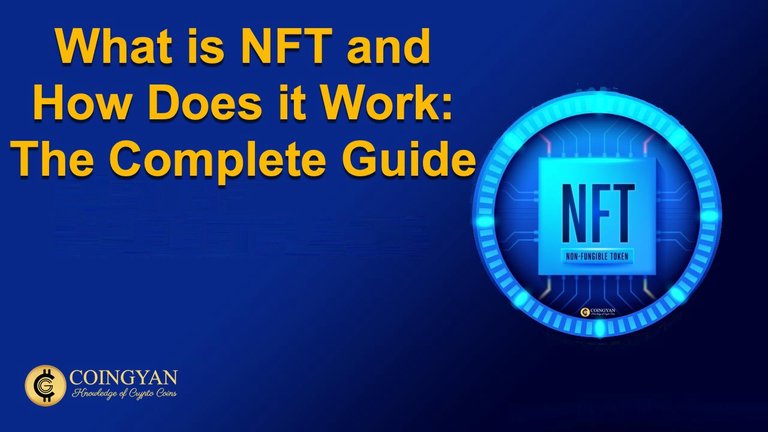
Understanding NFT (Non-Fungible Token)
To decode the concept of the non-fungible token, it is important to first understand fungible assets. A fungible asset has the ability to be interchanged with another asset of similar nature. Bitcoin is a perfect example of a fungible asset because if you trade one bitcoin with another, you will still have the same thing with you. If you trade one gold bar with another gold bar, you will again end up with the same thing. It is because fungible assets have similar nature and do not differ from each other in terms of characteristics.
Talking about the non-fungible asset, the concept runs on the opposite lane. Every non-fungible asset has a unique identifier, and as such, it cannot be exchanged or replaced with another non-fungible asset. A rare trading card is a non-fungible asset because if you try to trade it for another card, you will end up with something completely different. Some more examples of the non-fungible tokens could be the painting of Mona Lisa, Justin Bieber’s concert ticket, a house on the Beverly hills, or any other unique physical collectible or item.
Now, diving deep into the NFT (Non-Fungible Token) zone, it is a digital collectible equipped with a unique code and distinguishable information that labels a permanent record of its authenticity and is stored on the blockchain. These collectibles can be purchased and flipped like unique trading cards through an online marketplace because every NFT has a unique code which makes it exclusive and rare.
This authenticity assigned to the NFT through blockchain technology helps to verify the ownership of the digital collectible. Hence, as far as the question of reproducing the NFT goes, it is an impossible task.
The NFT market is in full swing because the early adopters have cashed in on this rising trend. You won’t believe it, but a digital artist from South Carolina viz. Mike Winkelmann, a.k.a Beeple, sold a tokenized collage of his art – “Everydays: The First 5000 Days” for an unbelievable amount of $69 million at an online auction as an NFT.
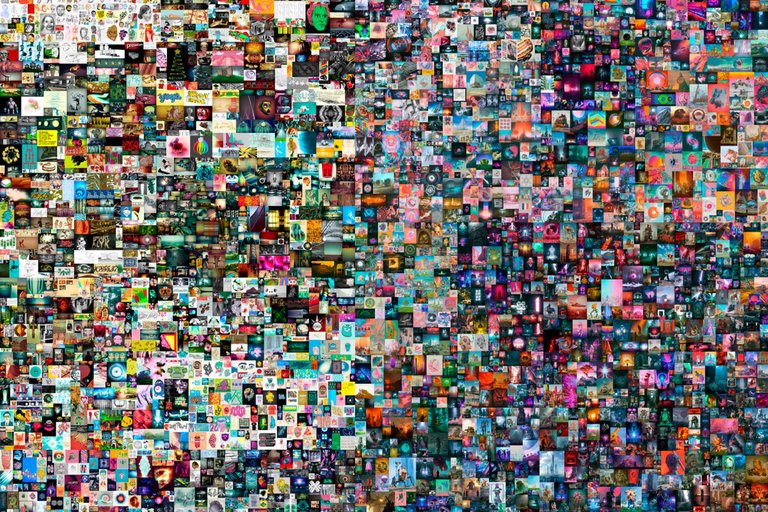
Credit: Christie’s Images Ltd. 2021
If you think about where to buy these NFTs, you can always explore several marketplaces like OpenSea, Nifty Gateway, Rarible, KnownOrigin, etc.
For example, the Shiny Nyan Cat from OpenSea is available for $6,168.43 –
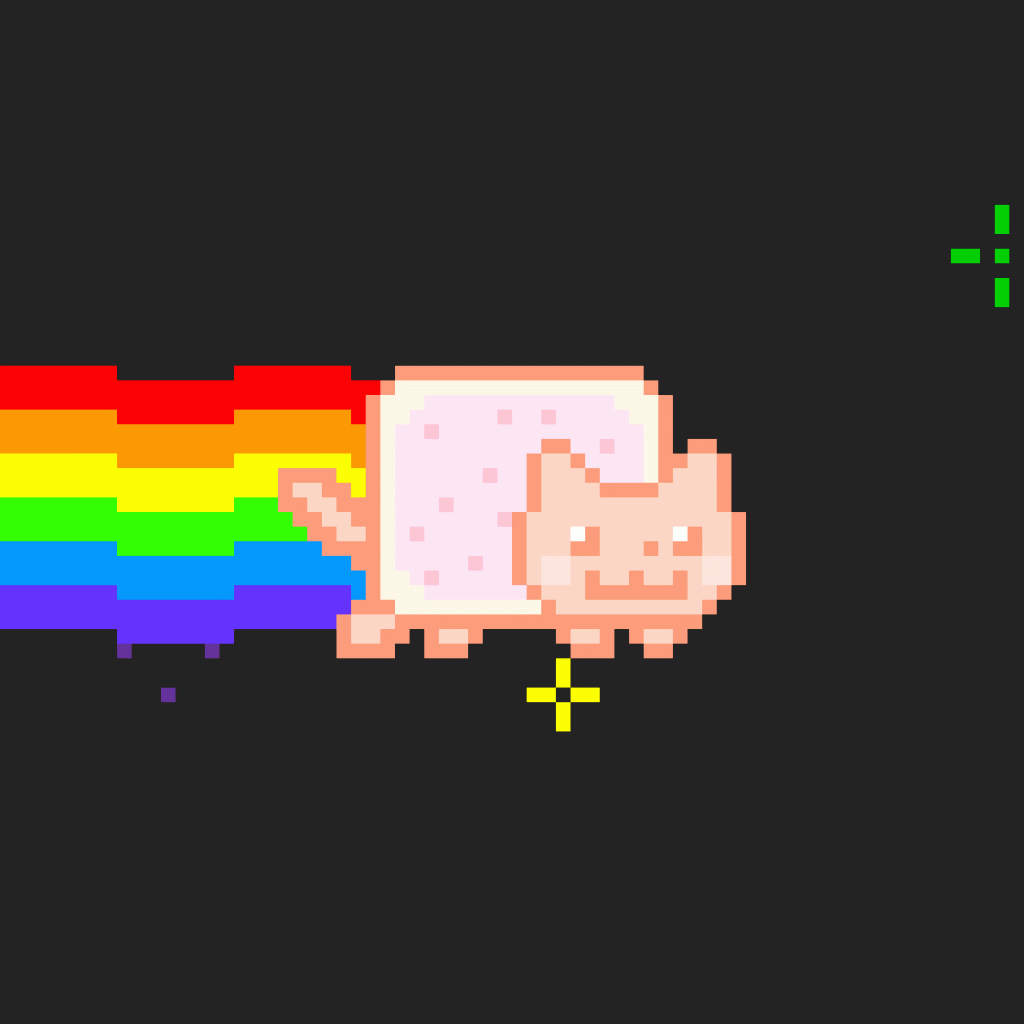
Now the above is not a purchased NFT but a simple digital copy. You can copy an NFT for “n” number of times by simply right-clicking on the image and selecting the “Save image as” option without paying any single penny.
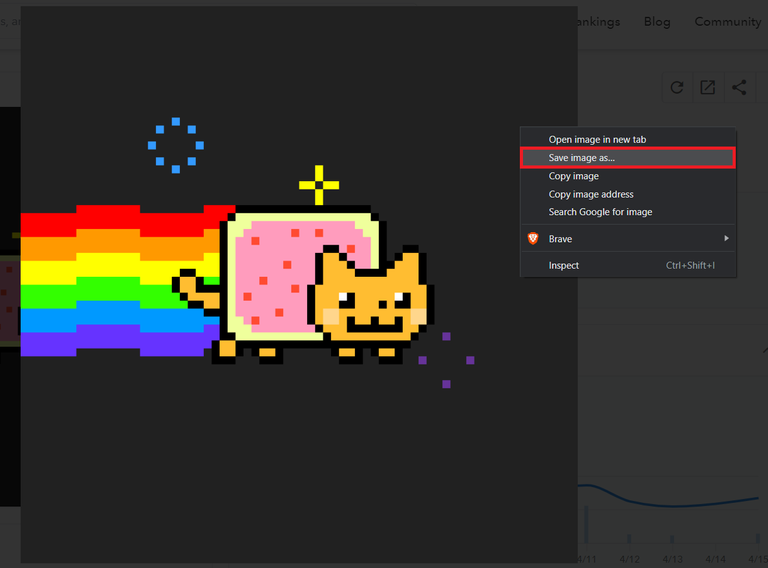
However, the deal here is that you cannot copy the ownership of the NFT or reproduce the exact digital artwork because the copy command does not copy the unique code assigned. To compare it with the physical art collecting, anybody can reproduce a Mona Lisa painting print for “n” number of times. Still, we know that only one person can own the original artwork. The same is applicable for NFTs as well.
After procuring the NFT, you can store it in the digital wallet, and the wallets don’t need to be ‘NFT-compatible’ specifically.
If you are thinking about what can be labeled as an NFT, you should know that NFTs can be anything digital such as an image, GIF, video, drawing, music, article, etc. For example, Logan Paul, a renowned YouTuber, has sold NFT video clips for up to $20,000 that anyone can watch on YouTube. He has also sold many NFTs of a Logan Paul Pokémon card.
Logan Paul Box Break NFT: Holo was sold for $38,500 –
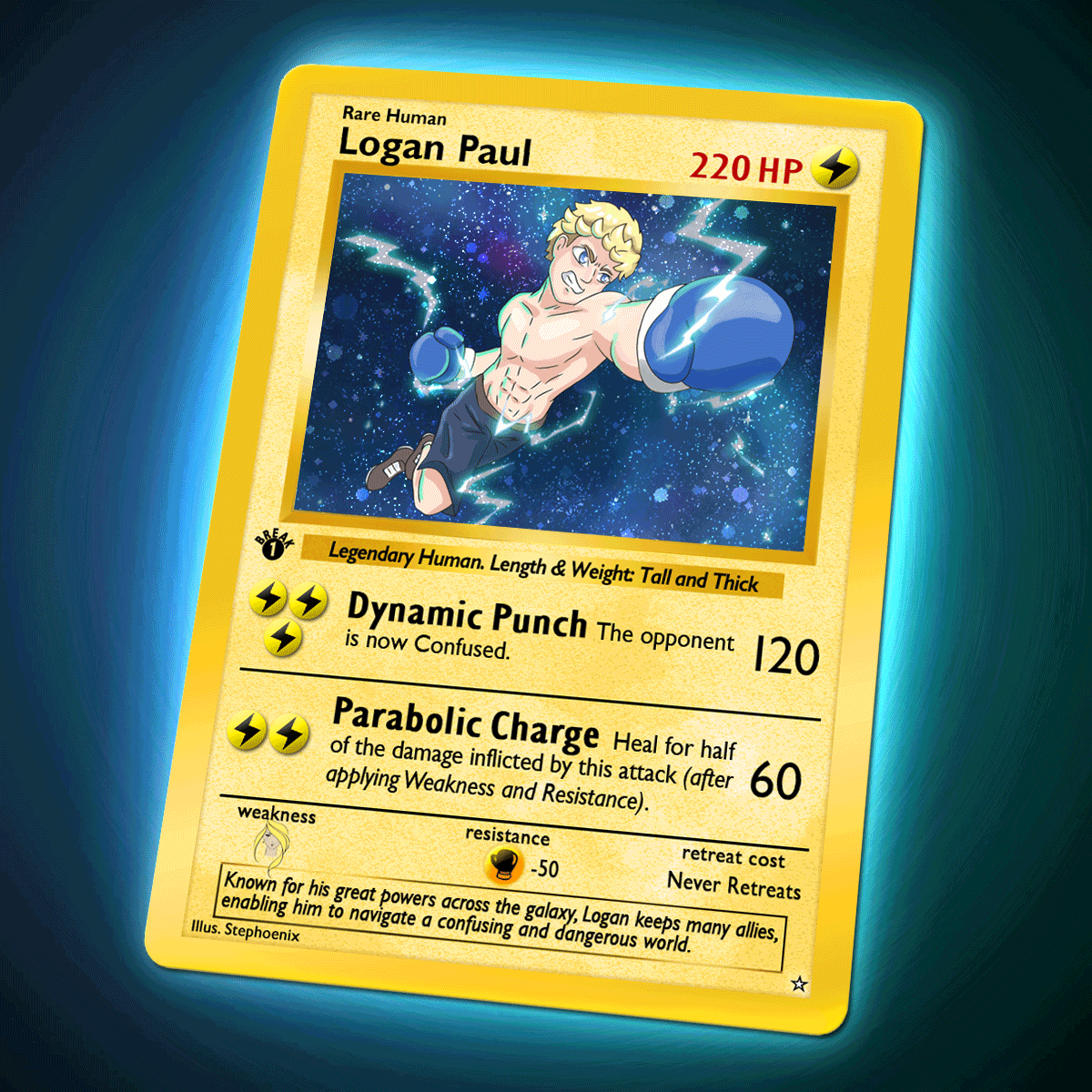
Even the New York Times and Quartz articles are being sold as NFTs anywhere in between $1,800 to $560,000.
Genesis and Evolution of NFT
There are multiple opinions about the first appearance of the NFTs in the digital world; however, colored coins are believed to be the first ones to jump out of the plane.
Chapter – 1: Colored Coins
Colored coins were witnessed for the first time in a blog post titled – “bitcoin 2.X (aka Colored Bitcoin) – initial specs” published by Yoni Assia in March 2012. These coins were a small unit of BTC (Bitcoin) but were colored with specific information coded into the metadata through the scripting language of Bitcoin. As a result of this experiment, even a small unit like one satoshi (equivalent to 0.00000001 BTC) could serve not only as an NFT but also as an asset such as a stock, dollar, digital collectible.
However, colored coins failed to do justice with the concept of NFTs because of certain limitations like a lack of official support for colored coins by the Bitcoin network. The first colored coin compatible wallet, i.e., Coinprism, was also closed down in 2018 because of the inflexibility and regulatory pressure.
Chapter – 2: Counterparty
Counterparty was the next chapter that took over the responsibility to deliver NFT functions after the failure of colored coins. Incorporated in 2014, the founders of Counterparty had this thing clear while designing the strategy for the NFT roadmap, that Bitcoin would never host the features needed for building an asset development and trading platform.
A mobile game was launched in 2015 viz. Spells of Genesis emerged as the first application to issue in-game digital assets onto any blockchain via Counterparty.

Counterparty observed another success in the year 2016 with a renowned trading card game viz. Force of Will that issued trading cards on Counterparty. This trading card game surfaced as the fourth most popular in entire North America at one point.
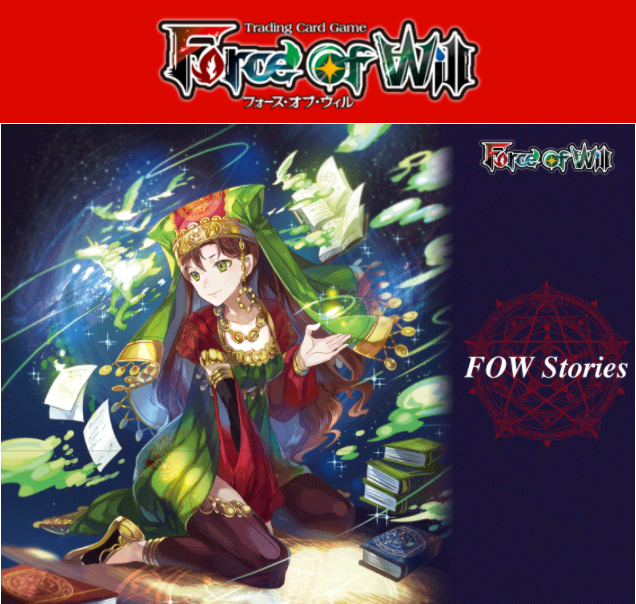
The blockchain-based games like the above two observed the successful use of Counterparty to issue the digital trading cards as NFTs held on a blockchain. However, the breakthrough came when the users started circulating limited edition Rare Peeps digital images on Counterparty.
Rare Peeps was inspired by the popular meme character viz. Pepe the Frog. The idea of a rare digital image as an NFT might sound illogical since it is easy to copy them with a simple copy command. Although, as already discussed, every NFT has a unique code that retains the original owner’s identity for verification on blockchain and cannot be copied, making the NFT a digital collectible.
It is a natural human desire to have a unique collectible, and Rare Peeps become a bridge to fulfill it online.
Chapter – 3: CryptoPunks
The success of Rare Peeps built an extensive know-how and understanding of NFT and the founders of CryptoPunks viz. John Watkinson and Matt Hall leveraged it by developing a game – CryptoPunks.
The game has algorithmically generated and 24×24 pixel punks as NFT that are unique and held on the Ethereum blockchain. Just like the fact that the bitcoins are limited, the same goes for the CryptoPunks characters. Only 10,000 CryptoPunks characters have unique characteristics and appearance. The founders allowed any user to claim the characters for free, and all 10,000 characters were quickly claimed.

Every CryptoPunk character (punk) has an exclusive characteristic and certain rare combinations that can be extremely valuable and label it as an NFT. The CryptoPunk 3100 character was sold for $7.58 million as of March 11th, 2021, at the time of writing this article.
The types and attributes are combined to create unique punks.
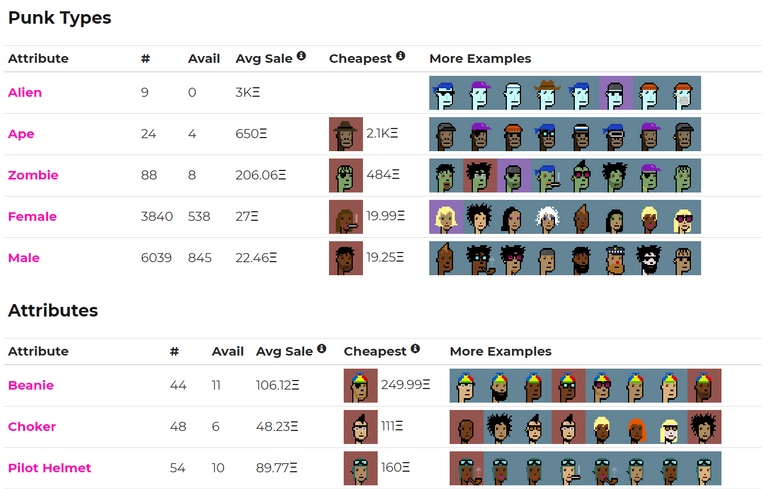
Chapter – 4: CryptoKitties
The climax of the NFT genesis arrives at CryptoKitties, a virtual game founded in the year 2017. It helps the gamers breed, groom, and raise digital kittens with unique genetic attributes, a.k.a cattributes that influence how they appear. The users can sell and trade these digital kittens.
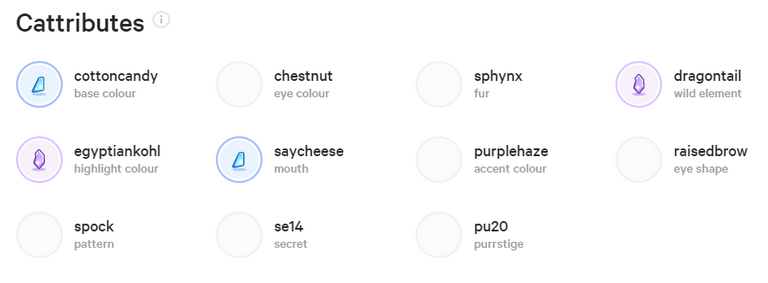
CryptoKitties boomed exponentially with its launch and one of the kittens viz. CryptoKitty #896775 – Dragon was sold for 600 ETH almost a year after the launch.

Dragon (Source – CryptoKitties)
The project also stole the spotlight in the popular media channels, including CNN, and has created a dent in the NFT landscape. Today, the NFTs have become a big deal, with digital collectibles being sold in millions.
Pros and Cons of NFT
Till this point of the article, you must have realized that the NFTs are evolving into something big, influencing communities and creating a dent in the digital landscape. However, there are a few downsides or risks that need to be taken care of at the same time. So, let’s have a look at the pros and cons for a 360-degree understanding.
Pros of NFT
Unique: Every NFT has software code information (smart contracts) programmed into it that describes its unique attributes and makes it different from other tokens.
Traceable: The code information of every NFT is stored on the blockchain, which acts as a decentralized ledger and traces the original ownership and changed hands.
Rare: There are only a finite amount of NFTs in the circulation, making them rare and collectible.
Security: The NFTs are stored on the blockchain, making these digital collectibles indestructible and uneditable.
Cons of NFT
Power Consumption: NFTs are linked with a huge power consumption because these are purchased and sold via marketplaces like Nifty Gateway that use Ethereum. For those who are unaware, Ethereum has a POW (Proof-of-Work) based architecture that consumes a lot of energy.
According to cryptoart.wtf – Space Cat (which is an NFT) has a carbon footprint equivalent to 2 months of electricity consumption of the European Union’s residents.
Legal Structure: NFTs are not under the wings of any legal and regulatory structures. Hence, if someone is sold a fake or counterfeit NFT, it might become difficult to enforce such an agreement in law courts.
Storage Risks: NFTs are stored on marketplaces like OpenSea, Nifty Gateway, Rarible, etc.; however, if any of these platforms happen to shut down, there would be no legal assurance to get access to the vanished digital collectibles.
Understanding: The aesthetic world of NFTs is based on a technology that is not so old. There are only a few communities that understand the security and authenticity corner of these digital collectibles.
Top Characteristics of NFT
There are some notable characteristics of NFTs that you should know. Some of them have been outlined below:
Indivisible: It is not possible to send the NFTs in the form of a fraction. It is transacted only as a whole. For example, you cannot purchase the original Mona Lisa painting in half or any other fraction.
Non-Interoperable: Since NFTs follow the smart contract principles of the blockchain handling them (like ERC-721 and ERC-1155 principles of Ethereum blockchain), they are labeled to be non-interoperable, i.e., the code information stored in NFTs cannot be exchanged.
Multiple Use Cases: NFTs have been successful in stamping extensive popularity amid a wide range of industries because of the advantages that it serves.
NFT Use Case
Since NFTs can represent any digital asset, they have been considered to be extremely powerful by a wide range of industries. Let’s have a look at some of the industries implementing the benefits of NFTs in the operations.
Gaming
There are plenty of games having in-game items that can be potentially used as NFTs. Games like Axie Infinity or Gods Unchained have already observed this modern implementation which has helped to absorb more popularity in return. This NFT rage can become more ferocious if popular games like Call of Duty or Fortnite will seek the implementation of on-chain collectibles trading in the gaming environment.
Digital Collectibles
What classifies an item as a ‘collectible’ is its unique characteristics and attributes that make it irreplaceable. The digital items (even if publicly accessible) can also be tokenized into something unique (NFT) by programming a code that rests on the blockchain and makes the online creation irreplaceable but, more importantly, a digital collectible.
Not only this, but the programmed code also helps in verifying the authenticity and tracing the ownership. So that the digital work of the original creators can be prevented from being replicated.
Digital Assets
NFTs could turn out to be a perfect match for digital assets like domains, themes, mockups, wallets, and so on. For example, the Ethereum Name Service and Unstoppable Domains have tokenized .eth as well as .crypto domain names into NFTs, making them tradeable.
Apart from that, the real-estate ownerships occupied in the digital ecosystem through games like Decentraland have scaled huge popularity. The games like Decentraland allow the users to procure and build real-estates tokenized into NFTs.
Real-World Assets
One of the most creative use case ideas for NFTs involves tokenizing tradeable real-world assets that can be traded in the future. This idea has been translated into digital reality by OpenLaw that allows trading real-world assets using the ERC-721 standard.
Nike also took the initiative by filing a patent for the in-house developed system that tokenizes the shoes on the Ethereum blockchain.
Identity
NFTs can help the users to defend their identities and manage their personal information like financial transactions, medical records, academic qualifications, etc., via foolproof digitization.
The Sudden Boom of NFT
We have observed above that how the NFTs are implemented by an extensive range of diverse industries for scaling the operations and maximizing the reliability. Some other reasons that have popularized the NFTs are outlined below:
Secure Storage
The data coded into the NFT is stored on the blockchain thereby, protecting these tokens from being edited, replicated, or destroyed. The information, once stored in the blocks, cannot be changed by any means.
Scarcity
The NFTs are limited digital commodities which makes them special. Although they can be created by the developers for ‘n’ number of times, they are kept limited on purpose to gain the surge in the valuation.
Indivisible
NFTs cannot be divided or segregated like Bitcoins into fractions but sold only as a whole unit which makes them a little special.
Traceability and Verification
Since NFTs are stored on the blockchain, it becomes very easy to trace the ownership and verify the authenticity of the token. The need for any third-party verification service is eliminated.
Future of NFT
There is no doubt in the fact that NFTs have become one of the hottest trends in the technology and innovation sphere. With diverse industries adopting NFTs on a mass scale, the future seems promising.
Let’s have a look at some exciting numbers and observations:
- In the last three months, the sales of NFTs from marketplaces like Opensea and Rarible have jumped up by 50 to 100 times.
- In the first week of January 2021, Opensea witnessed cumulative sales of $5 million approx.
- At the time of writing this article, there has been more than $375 million worth of NFTs sold.
- According to market interpretations made by financial analysts, it is estimated that the NFTs would fetch more than $2 billion in revenue if the current growth rate stays consistent.
The graph shared below provides a quick insight into the market capitalization of transactions involving NFTs on a global scale.
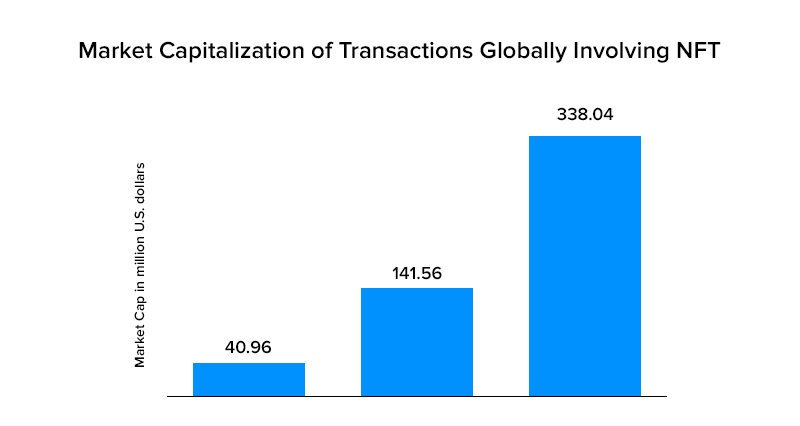
Conclusion
NFTs are still under the experimentation phase, where many individuals and industries are decoding with the possible use cases that can create value and help the interest of multiple communities all across the globe. NFTs have covered a long way, and the future roadmap also seems impressive, but it will still need some more time before it is proved to the world that it is more than an ultra-niche sector. The top characteristics of NFTs and distinctive advantages qualify its implementation in a lot of different areas.
I authored this post and initially posted it on coingyan.com as What is NFT and How Does it Work: The Complete Guide
Posted Using LeoFinance Beta
It is always worth verifying BDT before buying nft. If you don't know how to do it, I recommend this post: https://gamerseo.com/blog/how-to-verify-nft-following-the-easiest-steps/ Everything is described there very well.
It is always worth verifying BDT before buying nft. If you don't know how to do it, I recommend this post: https://gamerseo.com/blog/how-to-verify-nft-following-the-easiest-steps/ Everything is described there very well.